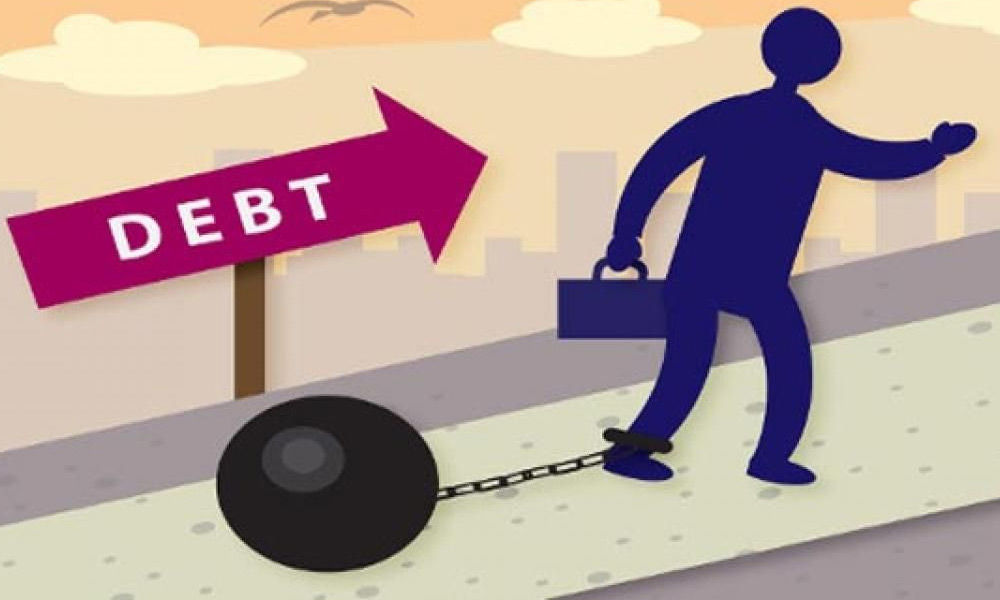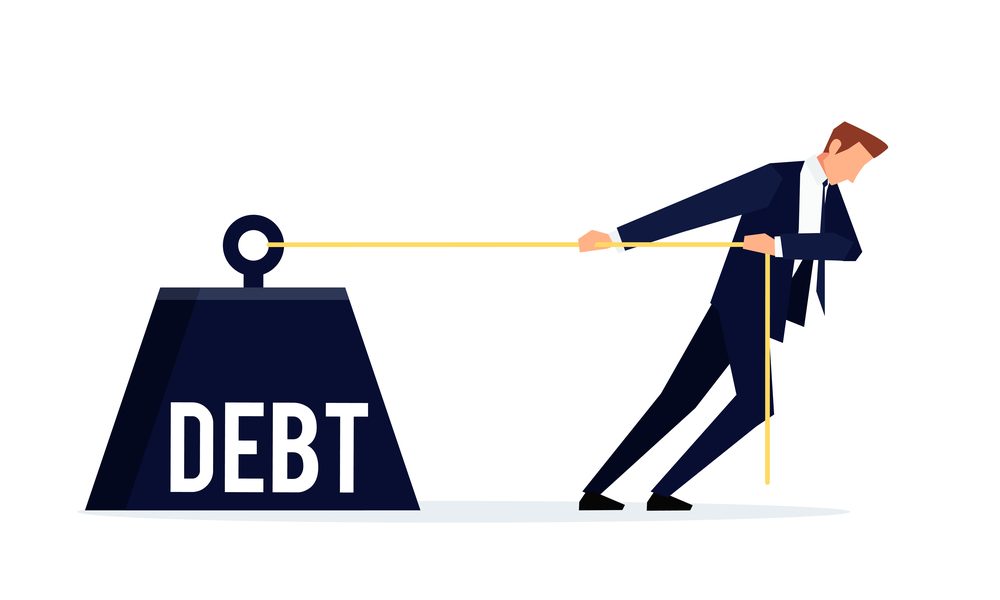It’s no secret that student loan debt can be a burden for recent graduates. With the average student loan debt in the United States hovering around $30,000, it’s important for graduates to understand their options for managing and paying off this debt. In this comprehensive guide, we will cover everything you need to know about navigating student loan debt.
Understanding Your Student Loans

The first step in navigating student loan debt is understanding the types of loans you have. There are two main types of student loans: federal and private. Federal loans are issued by the government and typically have lower interest rates and more flexible repayment options. Private loans, on the other hand, are issued by banks and other financial institutions and often have higher interest rates.
It’s important to know the terms of your loans, including the interest rate, repayment period, and any deferment or forbearance options available to you. You can find this information by logging into your loan servicer’s website or contacting them directly.
Creating a Repayment Plan
Once you understand your loans, the next step is to create a repayment plan. There are several options available for repaying student loans, including:
- Standard repayment plan: With this plan, you will make fixed monthly payments for a set period of time (usually 10 years).
- Graduated repayment plan: This plan starts with lower monthly payments that increase over time.
- Income-driven repayment plan: These plans base your monthly payment on your income and family size.
You can use the U.S. Department of Education’s Repayment Estimator to see which plan might be best for you.
Exploring Forgiveness and Discharge Options
There are also several forgiveness and discharge options available for student loan borrowers. These options can help you get out of debt faster or even cancel your loans altogether in some cases. Some of the most common forgiveness and discharge options include:
- Public Service Loan Forgiveness: This program forgives the remaining balance on your federal loans after you have made 120 qualifying payments while working for a qualifying employer.
- Teacher Loan Forgiveness: This program forgives up to $17,500 in federal loans for teachers who work full-time in low-income schools for five consecutive years.
- Disability discharge: If you become permanently disabled, you may be eligible to have your federal loans discharged.
It’s important to note that forgiveness and discharge options may have specific eligibility requirements, so be sure to research each one carefully.
Managing Your Debt
Finally, it’s important to manage your student loan debt wisely. Here are some tips for doing so:
- Make your payments on time: Late payments can result in fees and damage to your credit score.
- Consider refinancing: If you have high-interest private loans, refinancing may be a smart way to lower your interest rate and save money on interest over time.
- Live below your means: Try to keep your living expenses low so you can put more money towards your student loans.
Navigating student loan debt can be challenging, but with the right knowledge and a solid repayment plan, you can take control of your finances and pay off your loans successfully.



